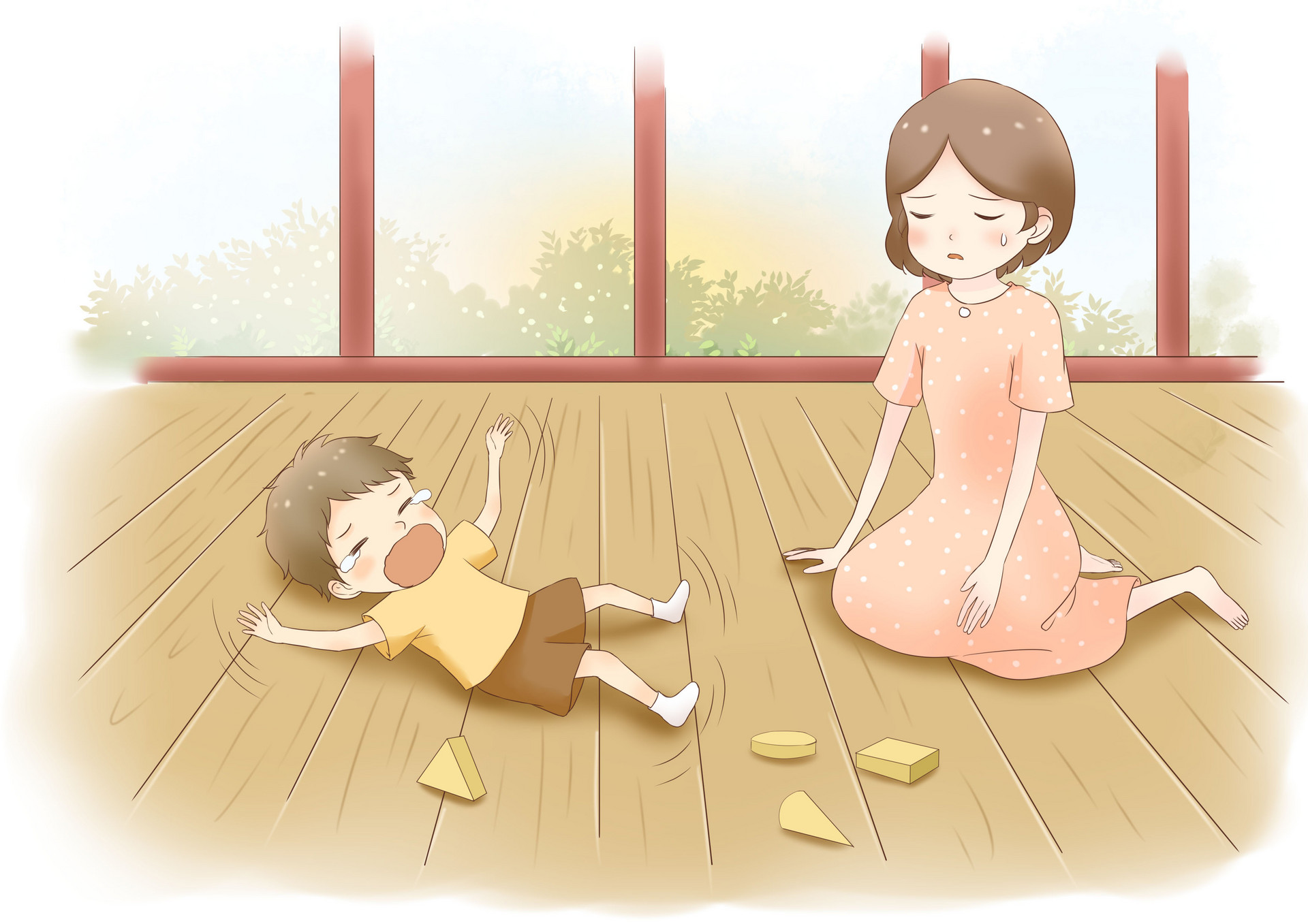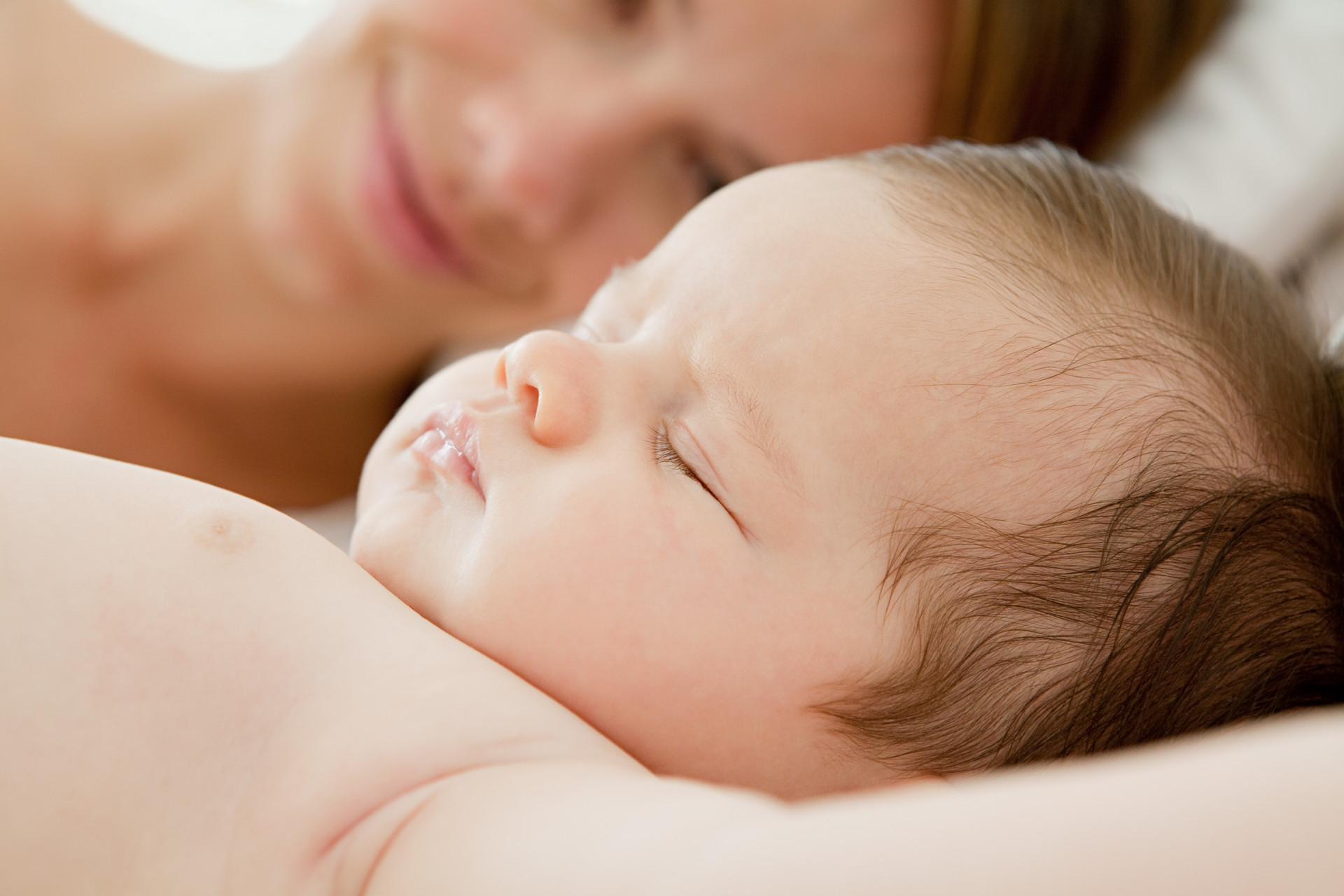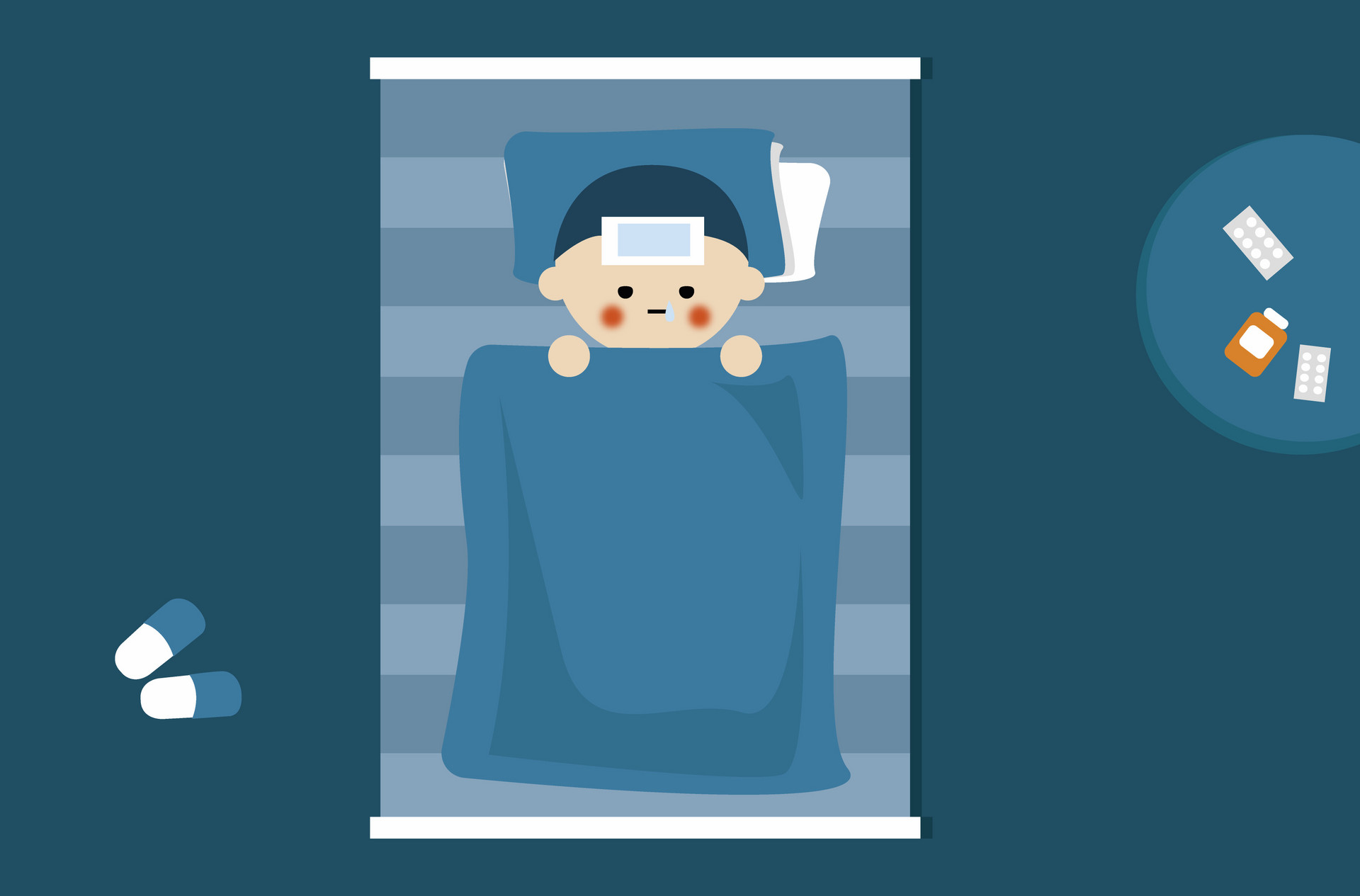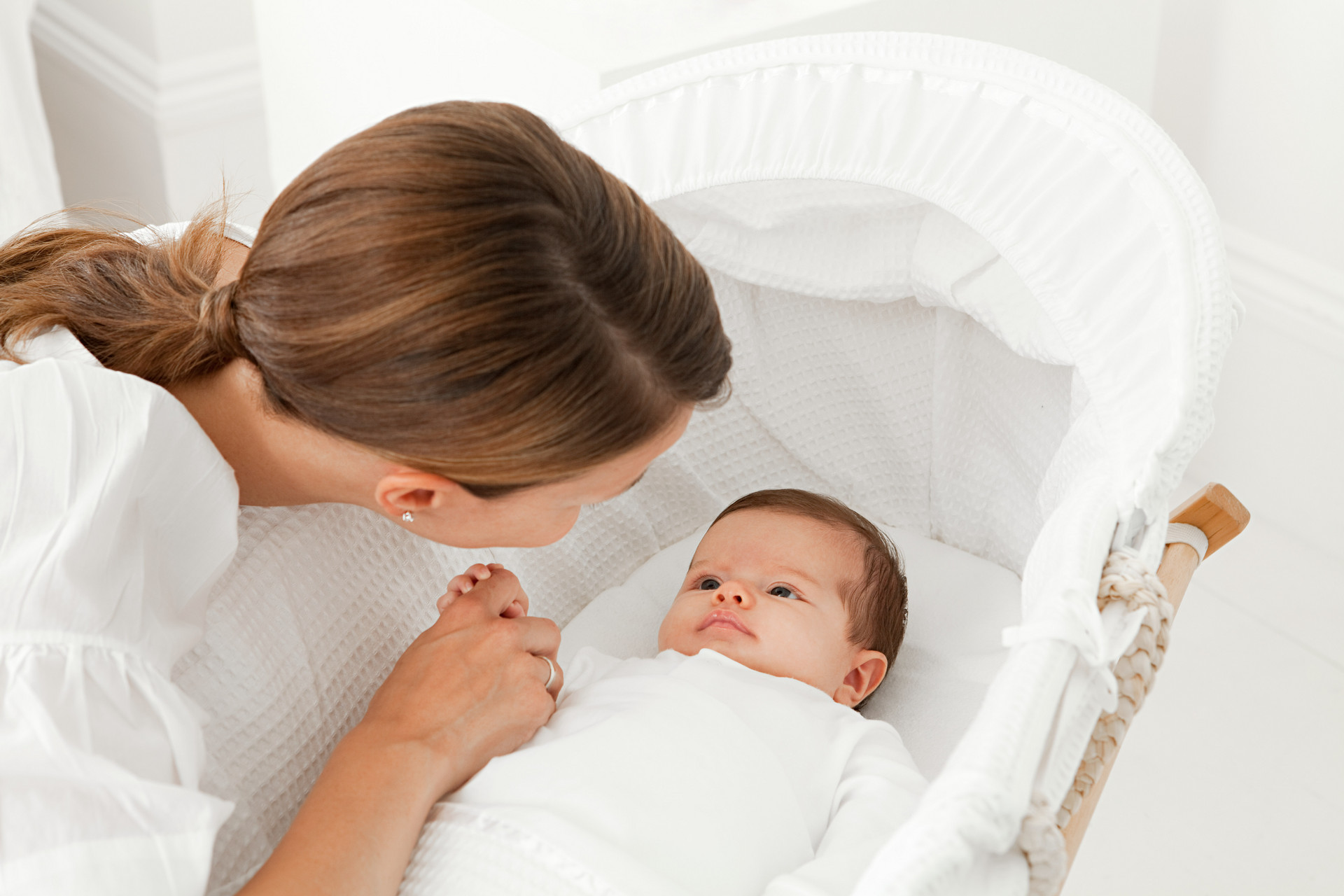Hand, foot, and mouth disease is a highly contagious viral infection, mostly caused by the Coxsackie virus. Most cases occur between June and October, and it is common in children under 10 years old. The main symptoms include fever, rash or blisters on the hands, feet, and mouth. Most children can recover on their own. To prevent hand, foot, and mouth disease, it is important to teach children good hygiene habits, such as washing hands before meals and after using the bathroom, avoiding drinking untreated water and eating raw or cold food, airing out clothes and bedding, and keeping the environment well-ventilated.
1. Observe the symptoms
In the early stages of the disease, the child may have a fever between 37.8 and 39.0 degrees Celsius. Small, round, transparent blisters appear in the mouth. The blisters often appear on the inside of the cheeks and tongue, but can also appear on the lips, gums, forehead, soles of the feet, palms, and in between the fingers and toes. Some children may have a rash all over their body, especially on the buttocks.
2. Confirm the symptoms
If the child experiences any of the following conditions, parents should immediately take them to the hospital: a temperature of 37.5 degrees Celsius or higher, vomiting, fever lasting for 4 days, the child appears extremely weak or complains of neck pain and cannot touch their chest.
3. Prevention and care
Since this disease is caused by a virus, antibiotics are ineffective. The general approach is to wait for the child to recover on their own. Therefore, the key to home care is to alleviate symptoms and make the child as comfortable as possible. During regular clothes or bath changes, parents can check the child's skin for any abnormalities.
Usually, this disease will produce a certain type of rash. If there is no discomfort, it can be observed for a few days without medication as it often resolves on its own. If the rash persists or becomes more severe, it is recommended to consult a dermatologist and follow their instructions rather than applying medication to the child on your own.
Daily items and utensils that have been touched by the infected child should be disinfected. The child's feces and other excretions can be soaked in a 3% bleach solution. Clothes, bedding, toys, towels, etc. should be exposed to sunlight to maintain good ventilation. During an epidemic of infectious diseases, it is important to maintain environmental hygiene, food hygiene, and personal hygiene. Hands should be washed before meals and after using the bathroom to prevent the spread of disease through the mouth.
Parents should try to avoid taking their children to crowded public places to reduce the risk of infection. It is also important to pay attention to the child's nutrition, rest, avoid excessive sun exposure, and prevent excessive fatigue to reduce susceptibility to diseases.
The structure and function of a baby's skin are not fully developed, making it more fragile and sensitive compared to adult skin. In hot and humid summer weather, it is important to keep babies in a cool environment and maintain clean skin to reduce the occurrence of infectious skin diseases.
4. Dietary adjustments
Give the child plenty of fluids to prevent dehydration. The food should be soft and easy to digest. Ice cream or popsicles can be given, but avoid giving them citrus drinks as they can irritate mouth sores.












